Web3 Infra Series | Redefining ESG with Web3
Published on Mar 14, 2025
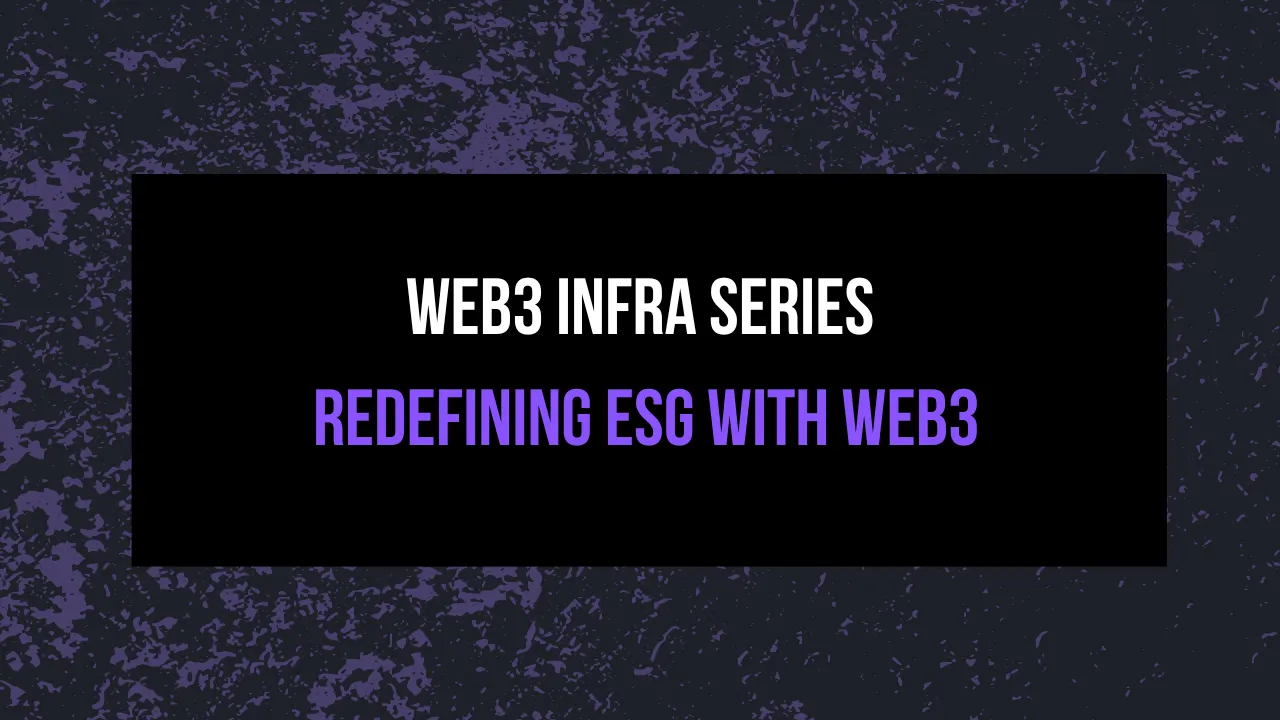
For the longest time, crypto has faced a lot of criticism over its
environmental impact. Many people called Proof-of-Work chains like
Bitcoin black holes of energy, consuming massive amounts of power in
the hunt for digital scarcity. Media coverage ran with this narrative,
framing blockchain as a completely unsustainable tech, burning through
resources at hellfire speed with absolutely nothing to show for it.
While it’s true that energy use is a fair criticism, these discussions
very rarely touched on the legitimate innovation happening in Web3 to
cut its footprint and create more sustainable economic models for the
planet.

Web3 is evolving faster than most industries, and while energy
efficiency is improving, that is only part of the story, as new models
are emerging around sustainable finance, carbon tracking, and
decentralized resource management, solving complex problems that were
too inefficient or simply impossible to address before. Businesses and
organizations are already integrating these models into real-world
sustainability efforts, and instead of relying on corporate
responsibility programs or unverifiable reports, they’re building
solutions that make environmental claims measurable and transparent.
This is made possible by elements such as tokenized assets, smart
contracts, and decentralized governance, which all have the potential
to bring accountability to sustainability efforts. Carbon reductions,
energy use, and resource management can now be tracked in real time
with immutable records. Sectors from agriculture to supply chain
logistics are using blockchain-based verification to eliminate
greenwashing (the practice of making false or misleading claims about
environmental impact) and establish real environmental accountability.
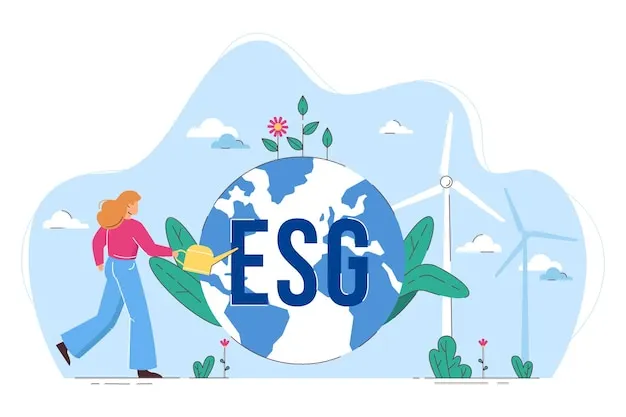
Web3 is restructuring sustainability efforts, and decentralized models
are proving their value, creating both economic and environmental
benefits. So, while the criticism isn’t baseless, it still barely
scratches the surface on what’s actually happening behind the scenes.
Let’s explore how this transformation is unfolding, how Uptick is
contributing, and what comes next for ESG (Environmental, Social,
Governance) 👇
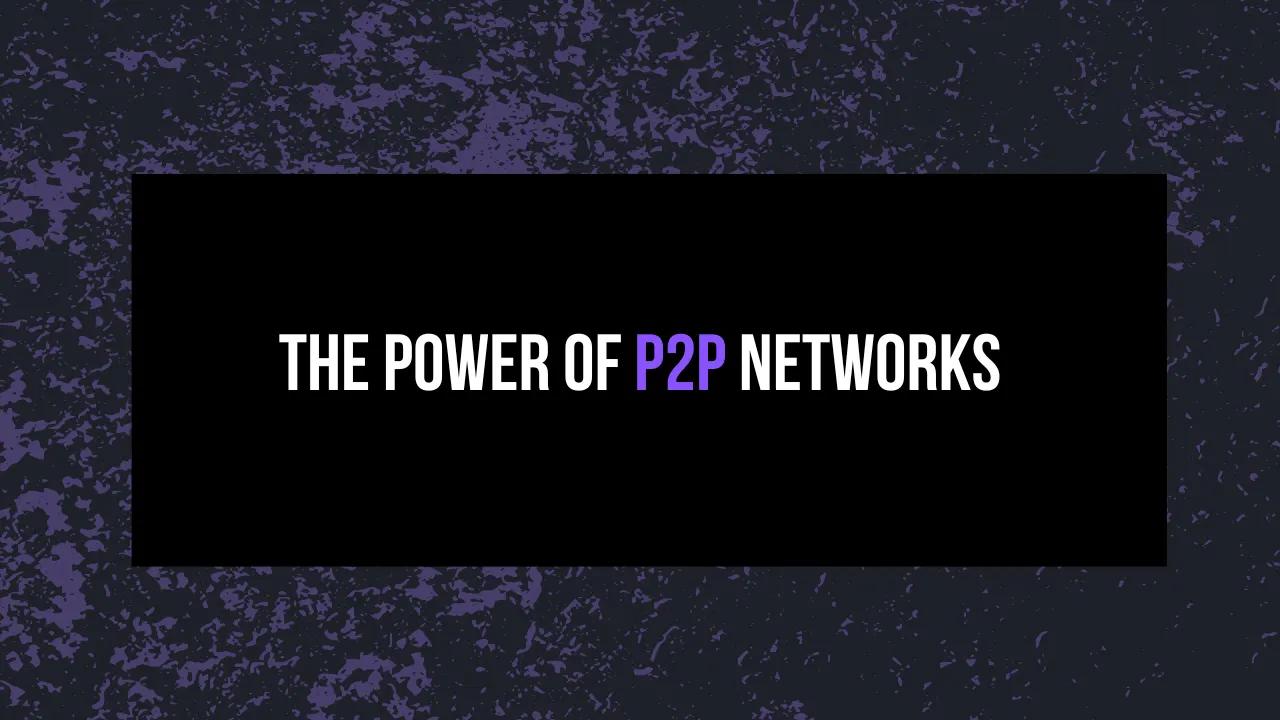
Centralized utilities have controlled energy markets for decades,
setting production, distribution, and pricing with very little
flexibility.
This model slows the adoption of new technologies and makes grids less
adaptable to shifts in supply and demand. Web3 introduces a different
approach by allowing direct peer-to-peer energy trading, giving
individuals and businesses more control over energy transactions.
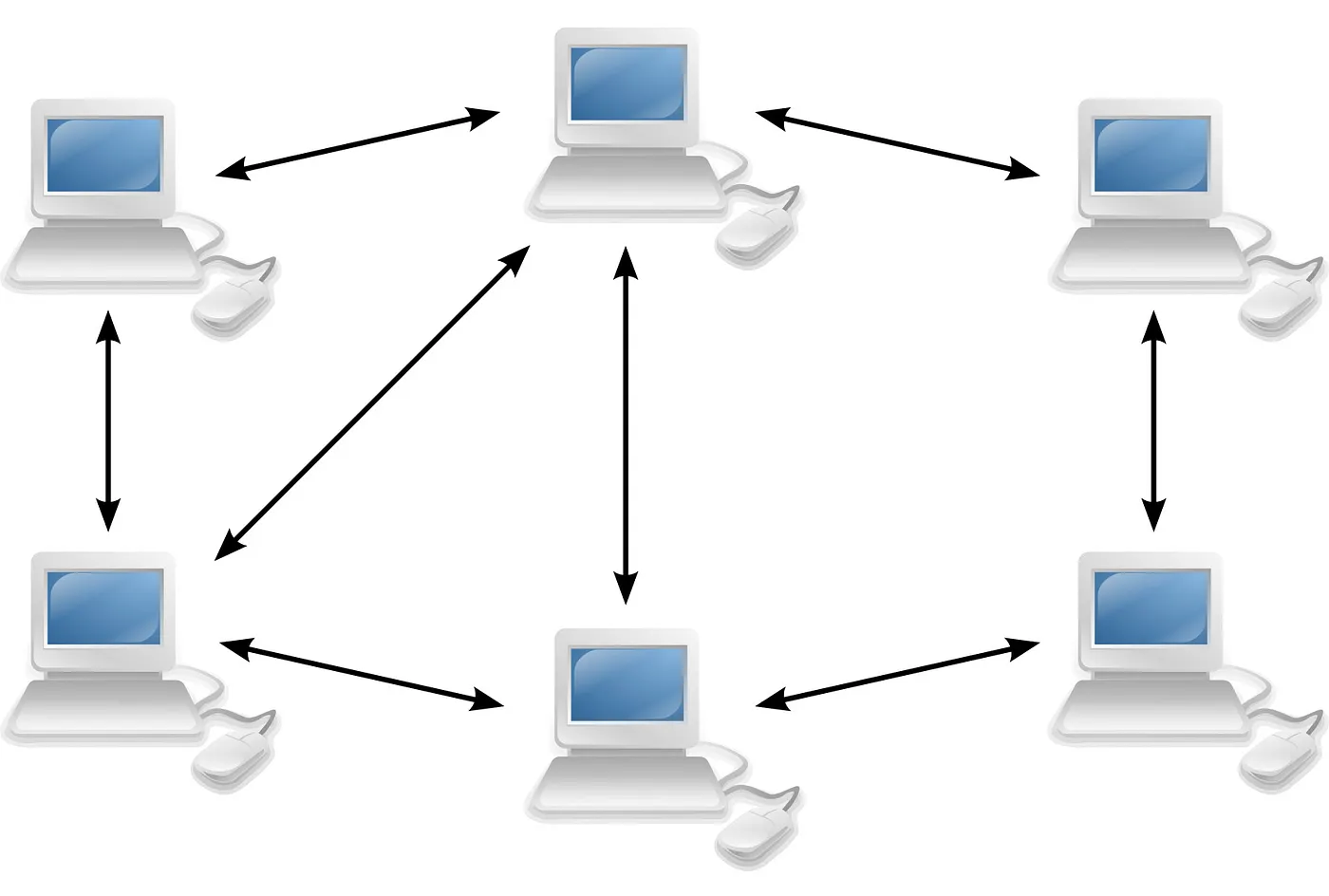
Decentralized energy markets offer a way to balance fluctuating
renewable supply and rising electricity demand. Projects like the
Brooklyn Microgrid have already shown that peer-to-peer energy trading
works in practice, allowing homeowners to tokenize excess solar energy
and sell it directly to neighbors.
Other initiatives, such as Energy Web and Power Ledger, are expanding
these models beyond local communities. Instead of relying on
centralized grid operators, smart contracts can execute trades in real
time, meaning that energy flows where it is needed, based on demand.
While these projects do highlight the potential of decentralized
trading, regulatory frameworks are still one of the hurdles in
determining whether these markets can actually scale beyond pilot
programs.
How does it actually work?
Web3 makes decentralized energy grids possible by providing real-time
verification and automated settlements, reducing the need for manual
approvals and third-party oversight. With Uptick’s framework,
tokenized energy credits could be tracked and settled on-chain,
creating a transparent and verifiable record of energy generation and
transfer. Instead of relying on delayed reporting, every transaction
is recorded on an immutable ledger, allowing energy markets to operate
with real-time data.
Lower costs and more efficient distribution are some of the biggest
advantages of decentralized energy trading. Small-scale producers can
monetize surplus energy without relying on intermediaries, and
consumers benefit from fairer pricing. Uptick provides the framework
for this shift, meaning that every unit of energy traded could be
backed by on-chain verification, aligning with Web3 energy models
designed to optimize energy distribution and reduce inefficiencies in
the market.
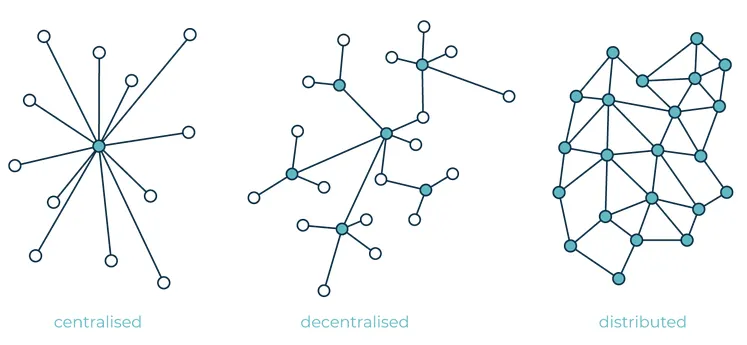
Uptick Data Services (UDS) adds another layer of transparency,
addressing common issues in renewable energy markets such as fraud and
double-counting. UDS can provide verifiable on-chain tracking so that
every credit represents actual energy produced. To complement this,
Uptick’s DID system can contribute to verification by linking energy
credit transactions to identifiable sources, complementing broader
regulatory and data validation efforts.
Essentially, decentralized networks improve energy distribution by
balancing supply and demand dynamically, which means less waste, more
stable grids, and reduced reliance on large utilities.
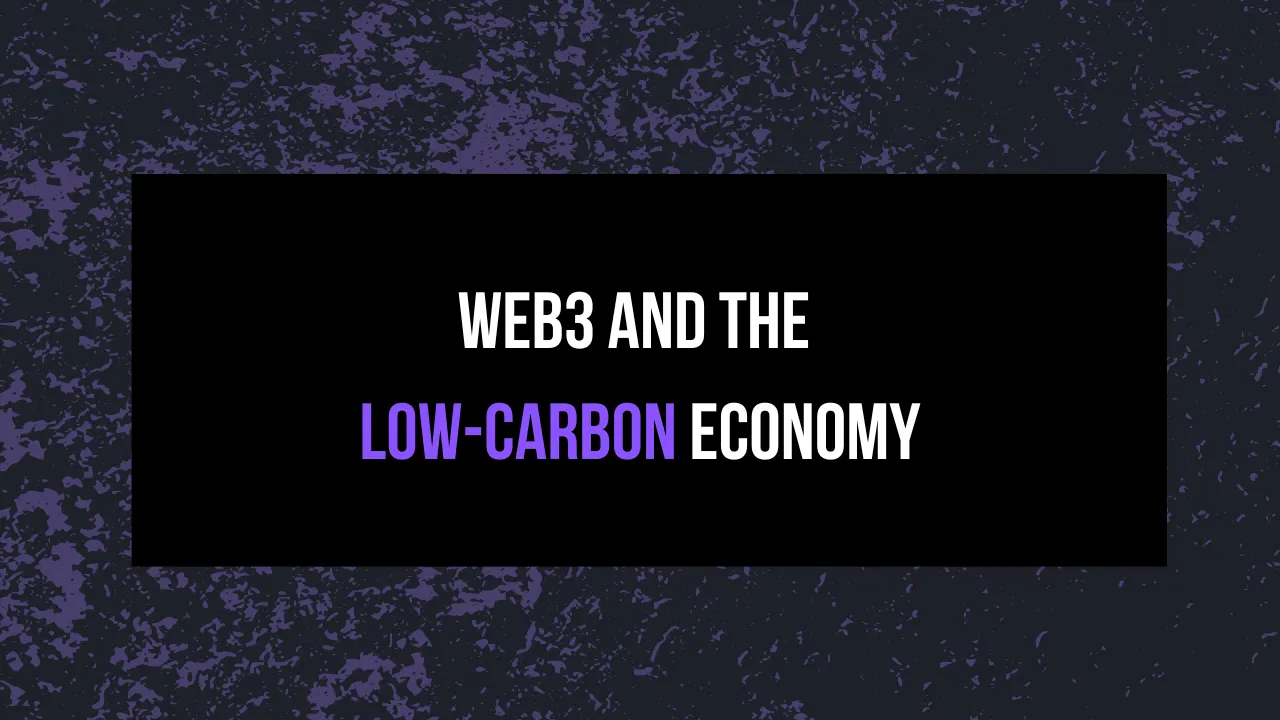
Lowering emissions takes more than offset tracking; it requires a
different approach to energy production, distribution, and
accountability.
Web3 makes this possible by improving efficiency, creating direct
incentives for renewables, and turning carbon tracking into a
real-time, verifiable system instead of a process built on estimates
and corporate reports.
Energy Markets Without Bottlenecks
Traditional grids take time to adapt to shifts in supply and demand.
Pricing, distribution, and access are controlled by centralized
operators, limiting flexibility and slowing the transition to
renewables. This setup keeps small-scale producers locked out of the
market and creates inefficiencies in how clean energy is distributed.
Tokenized energy grids flip this model by removing bottlenecks and
letting producers of solar and wind energy tokenize surplus power and
trade it directly. Smart contracts process transactions instantly,
sending energy where it is needed without delays or intermediaries.
Instead of waiting on approvals or dealing with centralized pricing
structures, trades happen transparently on-chain, making energy
distribution faster, more flexible, and accessible.

Uptick strengthens this model by securing verification with a flexible
smart contract framework that keeps energy credits immutable and
tradable, but credibility still relies on verifying, so that each
credit reflects an actual unit of renewable energy. Transparent
validation at the issuance stage will be key to preventing market
distortions.
Uptick Data Service (UDS) can expand on this, bringing verifiable
tracking for tokenized sustainability assets, so that transaction
records stay transparent and auditable. As more regions start testing
decentralized energy markets, real-time tracking will be one of the
main factors in proving their reliability and getting regulatory
support.
Verifiable Carbon Tracking
Carbon offset markets have a reputation problem, and many credits are
unverifiable, double-counted, or simply based on projections instead
of actual emissions reductions. A 2023 investigation by the Guardian
found that over 90 percent of rainforest carbon offsets issued by
Verra had no measurable impact, exposing the flaws in traditional
carbon credit systems.
Web3-based carbon tracking moves offsetting away from self-reported
claims to immutable, auditable records. One of the biggest ESG issues
is unverifiable carbon data, where corporations exaggerate or
manipulate sustainability metrics to meet investor expectations. With
every energy reduction, carbon removal, and emissions metric stored
on-chain, Uptick’s framework can enable the backing of offsets with
verifiable digital assets, reducing the risk of greenwashing.

Uptick’s system could support this shift by issuing tokenized carbon
removal credits based on real on-chain data, and not just estimates.
Also, with the integration of DID and ESG verification, supply chains
could link emissions reductions to actual energy use instead of broad
corporate pledges. Offset markets have always relied on corporate
disclosures and third-party verification, but Web3-based tracking
moves carbon accounting from a deeply opaque system to one that is
fully transparent and auditable.
However, and this will be a repeated theme throughout the article, in
order for this to work in practice, proper verification mechanisms
need to be in place before offsets are tokenized. Without strict
validation at issuance, even on-chain credits could fail to reflect
actual emissions reductions.
Tracking and Rewarding Daily Impact
Lowering emissions isn’t just about large-scale projects. Individual
choices also play a big role, but most sustainability programs offer
little incentive for action, and even even when they do, contributions
aren’t properly tracked.
On-Chain Proof of Green Actions
Uptick’s DID and verifiable data services will be able to enable
real-time validation of carbon reduction activities, shifting
sustainability tracking from unverifiable claims to auditable on-chain
records. With this in place, we can:
.Link sustainability data directly to real-world actions, eliminating
unverifiable claims.
.Give users a provable, on-chain sustainability record, reinforcing
credibility in ESG-focused ecosystems.
.Enable governments, businesses, and eco-conscious organizations to
offer incentives with full transparency, making sustainability efforts
measurable rather than relying on self-reported progress.
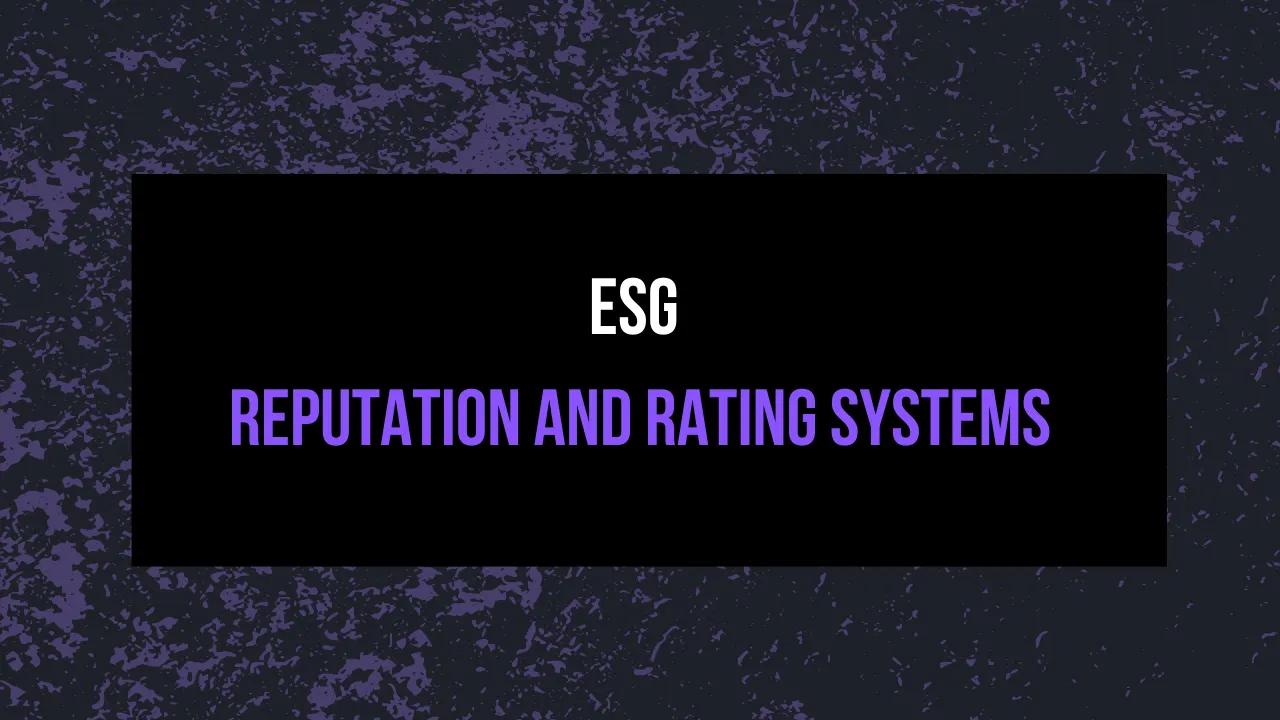
Traditional ESG ratings are built on self-reported disclosures and
third-party evaluations, making them easy to manipulate.
Companies frame sustainability data to fit investor expectations,
leaving out negative environmental impacts or shaping reports to boost
their standing. Even when audits happen, inconsistencies in
methodology and vague criteria make ESG scoring unreliable.
A 2021 EU Commission review found that 42 percent of corporate ESG
claims were misleading or unverifiable, which just goes to show how
easily these ratings can be skewed. On-chain ESG tracking has the
potential to make data timestamped, publicly auditable, and tied to
measurable environmental actions instead of marketing claims. However,
standardization is still an issue, and until ESG data feeds into
recognized regulatory frameworks, businesses will need hybrid
approaches that blend on-chain verification with industry-backed
reporting tools.
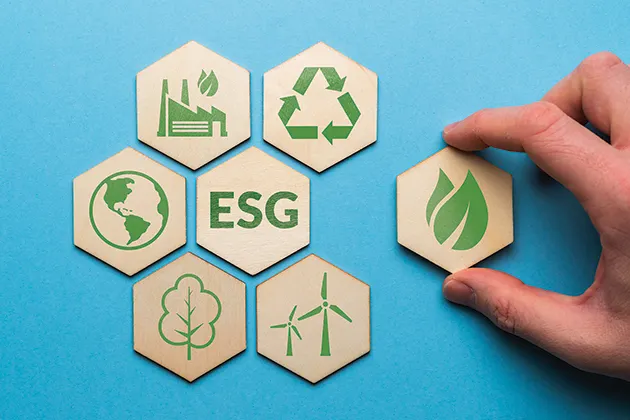
This lack of standardization is one of the reasons confidence in ESG
ratings is so low. Without independent, verifiable tracking,
businesses can shape sustainability reports without making real
changes, creating a system where investor and regulatory trust is
destroyed. Web3 introduces transparency, but its adoption still
depends on whether on-chain ESG tracking aligns with recognized
reporting frameworks.
Some organizations, including the Climate Action Data Trust, are
already developing blockchain-based registries to improve ESG
verification, but industry-wide adoption is still evolving. With
institutional investors and regulators moving toward stricter ESG
accountability, Web3-based verification is making sustainability
assessments continuous rather than periodic. Uptick is building the
infrastructure needed, so that in the future we can enable real-time
tracking of ESG actions, which means that sustainability claims are
backed by on-chain proof rather than unverifiable reports.
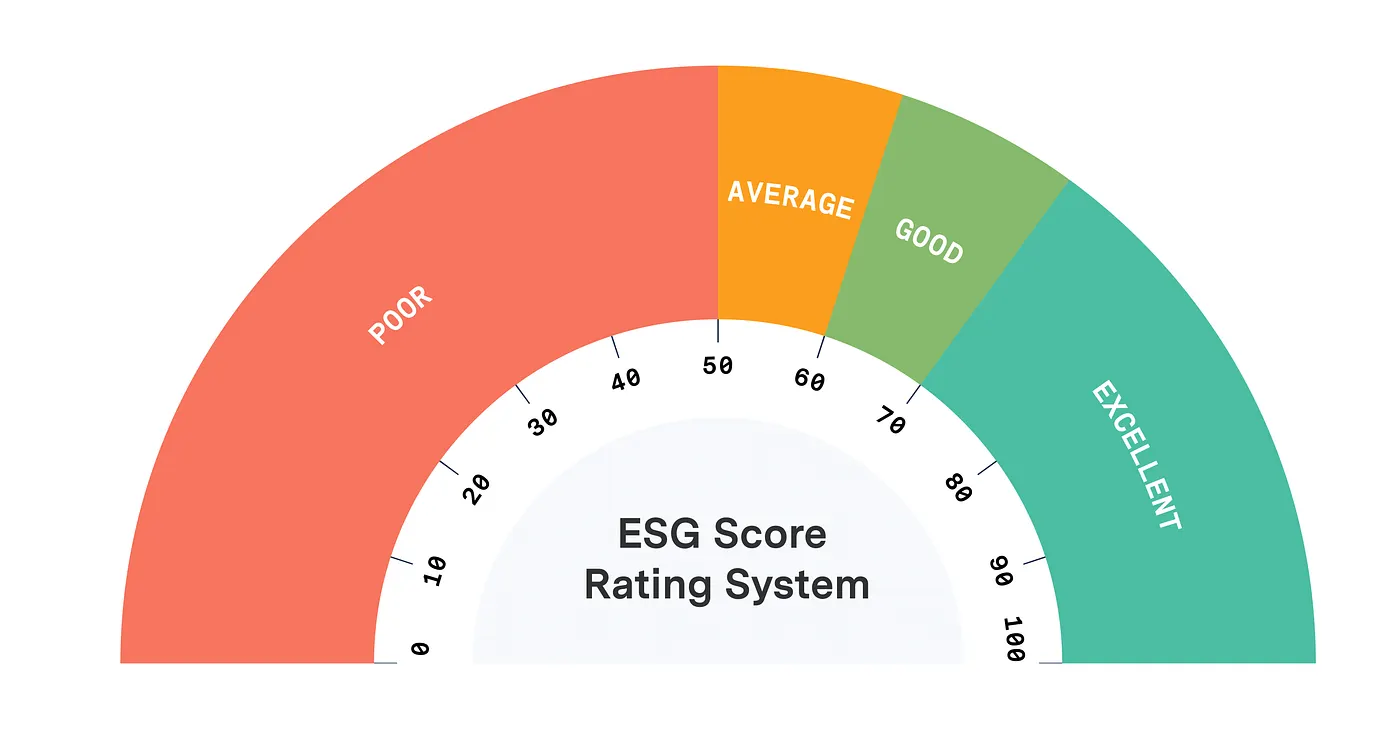
Tokenized ESG reputation directly links a company’s sustainability
score to its on-chain activity, improving transparency and reducing
the ability to manipulate ESG credentials through marketing efforts or
selective reporting. Businesses that consistently meet or exceed
sustainability targets will see its reputation strengthen, while those
that fail to take meaningful action will have a publicly visible
decline in their score.
In order for ESG reputation scoring to scale effectively, however, we
need clear industry standards that can provide consistency across
different frameworks.
Eliminating Greenwashing
Greenwashing has been a persistent issue in ESG investing, where
businesses exaggerate their environmental efforts to attract capital.
With Web3-based reputation scoring, corporate ESG narratives need to
match actual performance. Uptick’s DID and UDS could allow these
sustainability claims to be backed by cryptographic proof, eliminating
fraudulent ESG reporting, and introducing a much deeper level of
accountability.
This kind of real-time ESG verification also changes how investors
assess risk, and companies that previously relied on vague commitments
and unverifiable pledges will now have to back up their claims with
on-chain proof. Institutions allocating capital based on ESG
principles can analyze a company’s blockchain-tracked sustainability
history rather than relying on opaque reports or third-party ratings.
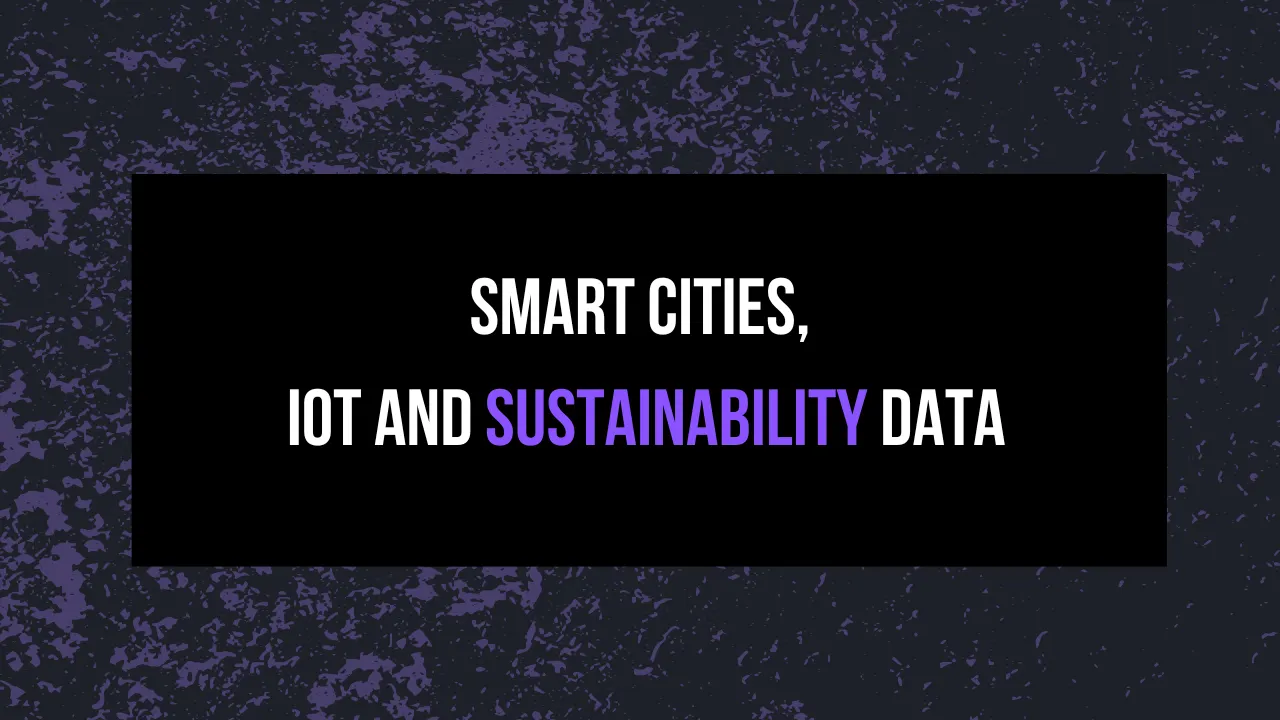
Cities are at the center of the sustainability challenge, accounting
for most of the world’s energy consumption and emissions.
At the same time, they hold some of the greatest potential for
innovation. The rise of smart cities is shifting sustainability from a
series of corporate initiatives to a real-time, automated process that
optimizes urban resources on demand.
Traditional environmental monitoring relies on reports that are often
outdated, unverifiable, or subject to manipulation. Web3
infrastructure changes this by enabling live tracking of energy use,
emissions, and waste management, meaning sustainability claims are
backed by provable, tamper-proof data instead of corporate
disclosures.
Data-Driven Sustainability
IoT sensors in cities already track air pollution, water usage, and
energy consumption, but much of this data is locked within centralized
institutions. If this data is integrated into decentralized networks,
smart cities could shift sustainability efforts from static reporting
to automated, real-time enforcement without relying on intermediaries.
A smart grid, for example, can instantly adjust to shifts in supply
and demand. Buildings generating excess solar power wouldn’t need to
wait for a centralized provider to process transactions. Instead,
on-chain peer-to-peer energy trading could allow surplus energy to be
sold directly, creating a much more fluid and efficient renewable
energy economy.
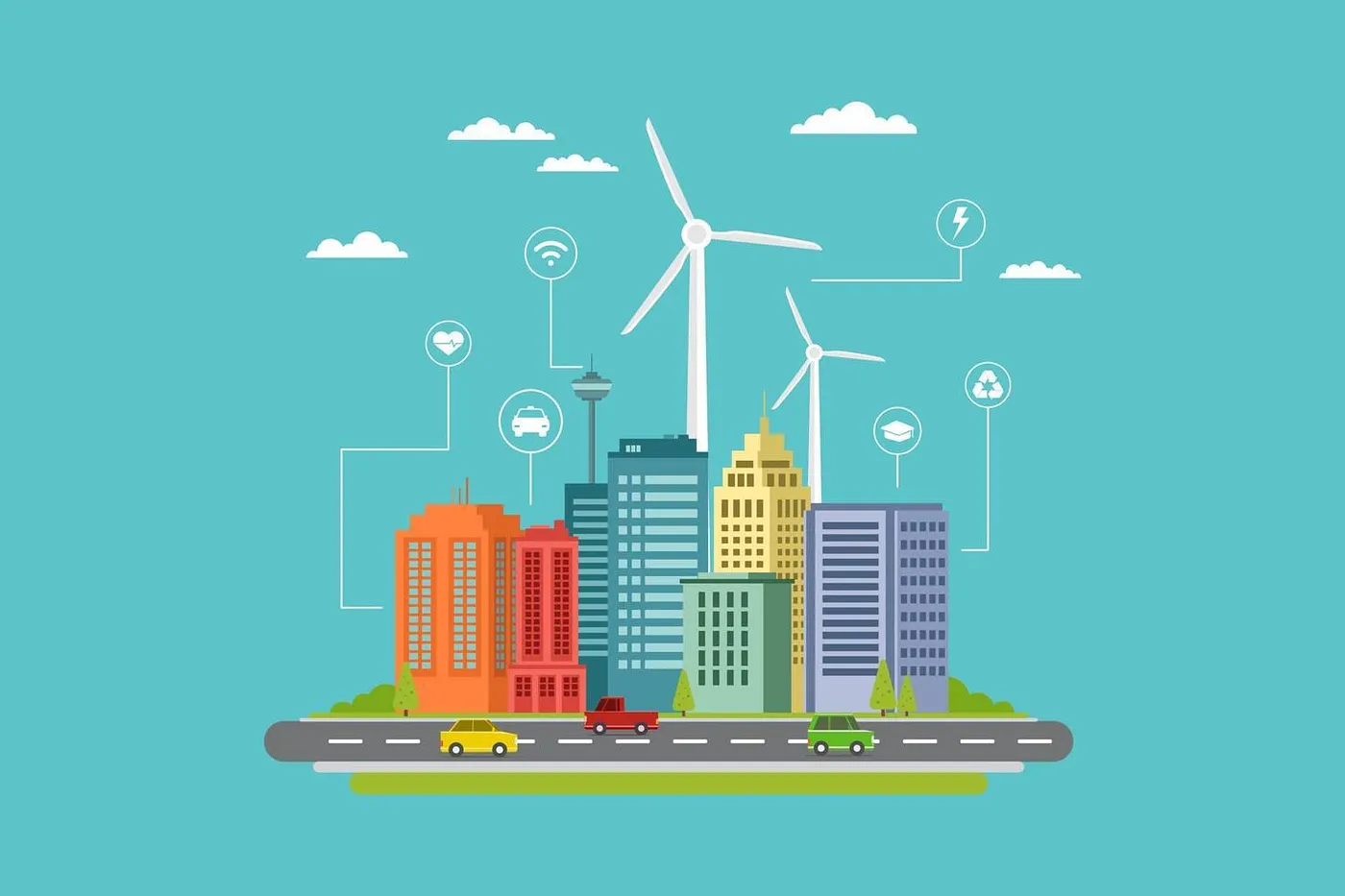
This model extends to recycling efforts too, as these programs
frequently suffer from fraud, inefficiencies, and improper disposal,
with many materials ending up in landfills instead of being properly
recycled. Web3 integration makes it possible to track waste from
collection to processing, verifying that materials are actually
recycled rather than discarded. This shifts sustainability from
corporate pledges to a transparent, automated system where
environmental impact is recorded in real time and directly tied to
incentives.
As more cities adopt Web3-powered sustainability models, environmental
accountability will no longer be a matter of trust. It will be deeply
integrated, verifiable, and self-sustaining, transforming into a
system where sustainability efforts are accurately measured, rewarded,
and enforced without relying on external oversight.
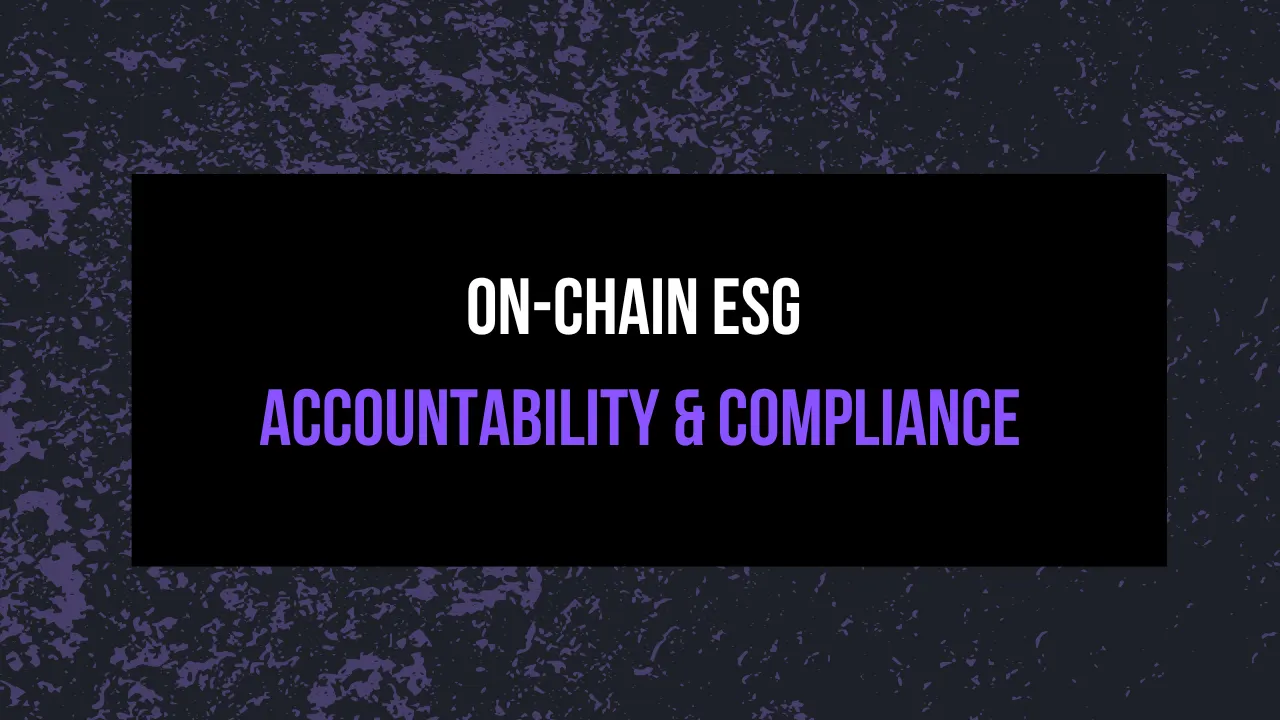
Carbon offset markets are plagued by credibility issues,
inefficiencies, and unverifiable claims.
Many carbon credits are based on projections rather than actual
reductions, and cases of double-counting, overstatement, and outright
fraud have destroyed a lot of the trust in these systems. Corporations
buy offsets to meet sustainability targets, but without transparent,
standardized verification, proving that these offsets represent real
emissions reductions is nearly impossible.
Web3 offers a way to fix this at the source. Replacing centralized
oversight with on-chain verification and automated validation moves
carbon offsets away from loosely monitored credits to provable,
immutable records of environmental action. With ESG standards
tightening, decentralized verification is already aligning with
frameworks like the Paris Agreement targets and Science-Based Targets
initiative (SBTi), reinforcing accountability at scale.
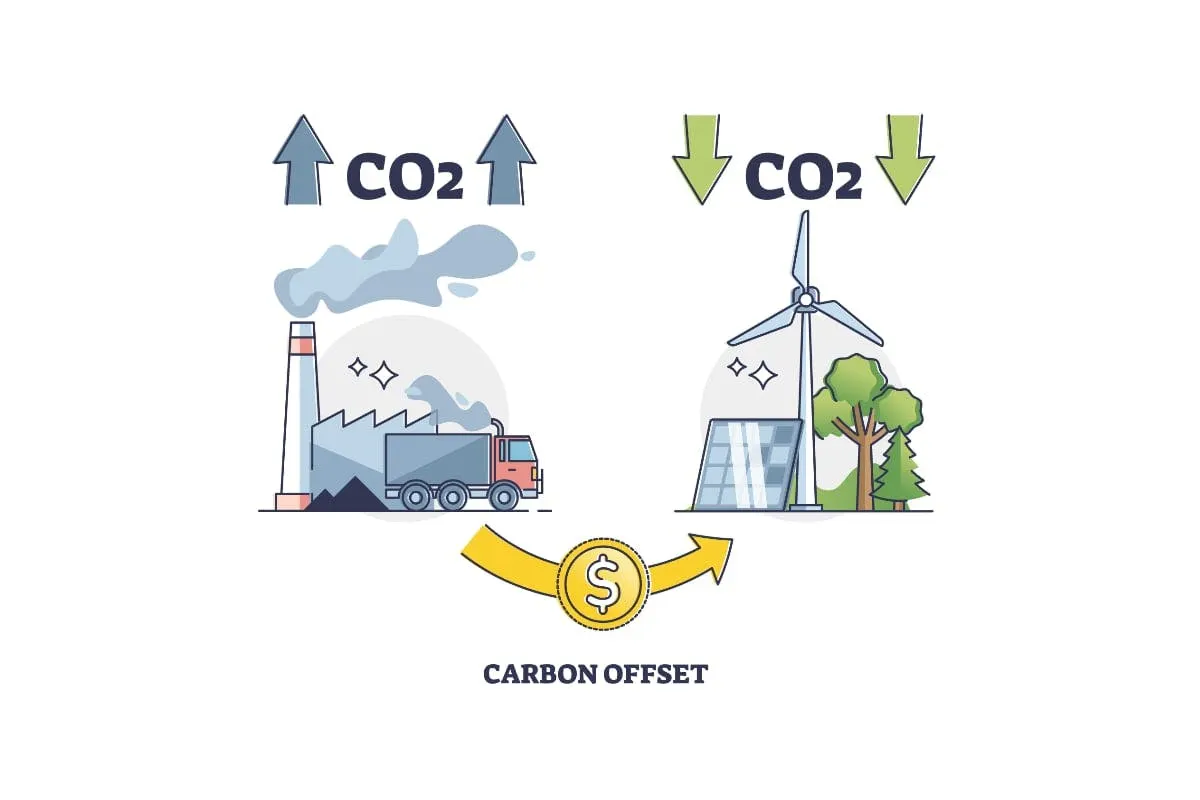
The Problem with Traditional Carbon Markets
Current carbon markets rely on third-party verifiers, self-reported
data, and opaque crediting mechanisms. A company can claim carbon
neutrality by purchasing offsets, but verifying whether those offsets
represent real reductions is a massive challenge. Some credits are
sold multiple times, while others fund projects that fail to deliver
any measurable environmental benefits.
Web3 eliminates this issue by tying every credit to a unique,
verifiable reduction in emissions. With decentralized tracking, each
issued carbon offset is stored on-chain, timestamped, and publicly
auditable. Smart contracts prevent duplicate claims, making any
attempt to resell or misrepresent a credit immediately verifiable.
Traditional offset systems also involve long approval processes and
expensive intermediaries, driving up costs and making participation
difficult for smaller sustainability projects. Local organizations,
community-driven reforestation efforts, and small-scale carbon
reduction initiatives struggle to get access due to bureaucratic
constraints and high entry barriers.
Transparent and Verifiable Carbon Offsets
Decentralized carbon offset verification removes ambiguity and trust
issues by linking carbon reductions directly to on-chain records.
Instead of relying on unverifiable corporate disclosures, Web3 offsets
are issued, tracked, and audited in real time, meaning every credit
corresponds to actual, measurable emissions reductions.
Uptick’s infrastructure aims to strengthen carbon offset integrity by
supporting decentralized tracking, validation, and storage of
emissions data. With real-time verification via Uptick Oracle, which
is planned for future development, sustainability initiatives could
document carbon sequestration efforts on-chain. However, since the
accuracy of these records still depends on reliable data inputs,
emissions reductions must be properly verified before tokenization.
Uptick DID integration also prevents unverified entities from issuing
or trading offsets, blocking duplicate claims and reinforcing market
credibility. With an immutable record of carbon reductions, offset
markets shift from opaque transactions to fully transparent, traceable
sustainability contributions.
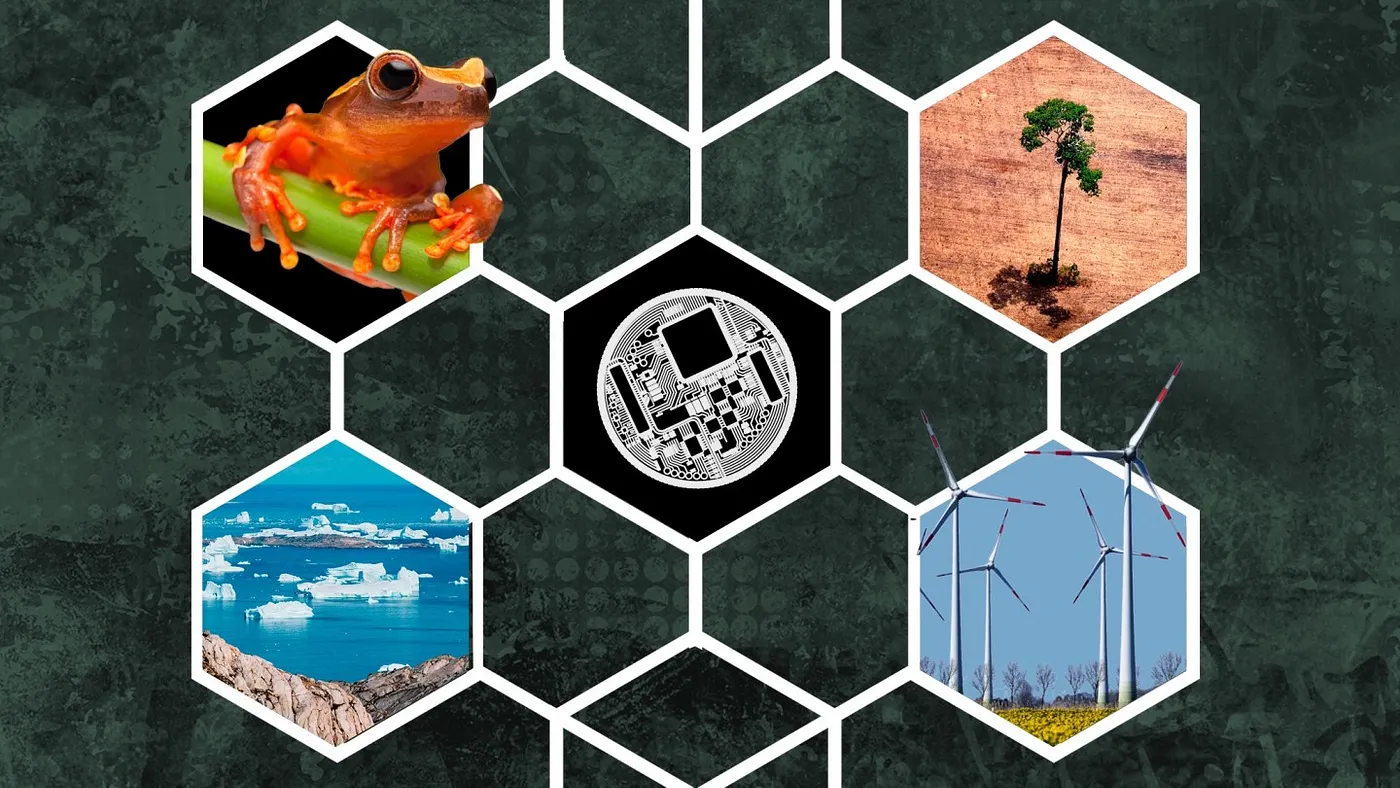
If offset verification moves to transparent, decentralized ecosystems,
Web3 opens the door to broader participation and fairer pricing. Local
sustainability projects, individual carbon reduction efforts, and
small-scale reforestation initiatives could issue verifiable offsets
without navigating centralized approval bottlenecks.
Businesses and investors could then support projects with verifiable
environmental impact instead of relying on third-party ratings or
unverifiable corporate reports. Uptick infrastructure could improve
the transparency of carbon offsets, supporting a shift from
speculative markets to more verifiable sustainability contributions.

Voluntary sustainability reports offer little accountability.
Web3 removes this issue by recording emissions, resource use, and
compliance data on-chain, making verification immediate and
tamper-proof. Companies can log carbon emissions and offsets in a way
that prevents manipulation, track product life cycles from
manufacturing to disposal, and automate ESG compliance through smart
contracts that remove enforcement delays.
Uptick infrastructure aims to support ESG tracking by eventually
integrating supply chain data, carbon accounting, and compliance
reporting into a single decentralized system. This would eliminate
unverifiable claims and provides real-time transparency, allowing
sustainability efforts to be tracked without relying on corporate
disclosures.
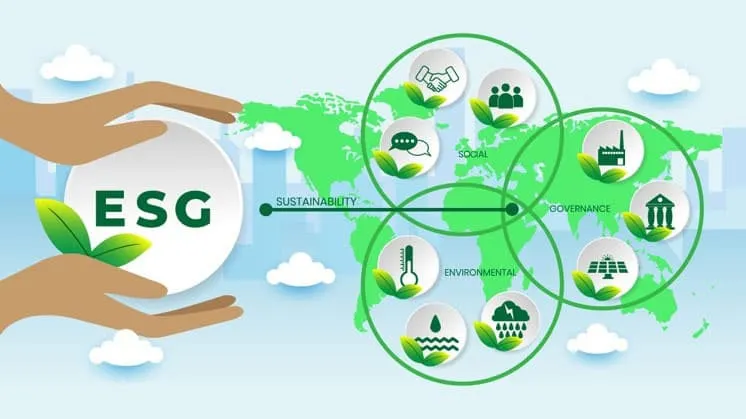
Verifiable ESG Reputation Systems
Without clear accountability, fraudulent projects dilute the impact of
real sustainability efforts. Tokenized reputation systems assign
credibility scores based on verifiable data, making ESG impact
measurable over time. Investors, regulators, and consumers can assess
sustainability efforts dynamically, rather than relying on
unverifiable claims.
Uptick’s Decentralized Identity (DID) and Verifiable Credentials (VCs)
can provide a transparent framework for ESG profiles, allowing
businesses and sustainability projects to establish verifiable
environmental claims. These records allow investors and regulators to
evaluate ESG performance before allocating capital, reducing a lot of
the reliance on self-reported metrics.
Automated ESG Compliance
Traditional ESG regulations rely on slow enforcement mechanisms such
as fines and subsidies. Web3 removes these inefficiencies by
automating compliance through smart contracts, making sustainability
enforcement immediate and transparent. In the future, companies using
Uptick’s framework could track emissions compliance in real time,
reducing delays in reporting and verification.
Financing rates could also adjust dynamically, rewarding businesses
that meet ESG targets with lower costs. Uptick’s programmable
governance and treasury mechanisms could support capital allocation
based on on-chain impact metrics rather than corporate pledges.
Instead of unverifiable commitments, Web3 ties sustainability efforts
directly to financial incentives, shifting ESG accountability from
marketing claims to measurable results.

Web3 is cutting through the noise of ESG claims, turning
sustainability from a branding exercise into something provable.
For way too long, corporations have thrown out vague commitments
backed by reports that no one can verify, but fortunately, this period
is coming to an end.
Uptick is actively building the infrastructure to make ESG reporting
data-driven, trustless, and verifiable. Decentralized identity,
provable credentials, and automated tracking have the potential to
replace self-reported claims, creating an objectively better system
that reflects real-world progress, and not just empty marketing copy.
Companies won’t just be writing sustainability reports to tick
compliance boxes, they will be integrating on-chain infrastructure
that ties ESG goals to measurable impact.
Until now, sustainability has been driven by unverifiable reports,
self-reported metrics, and corporate pledges that rarely translate
into real action. ESG used to be about unchecked promises, but now
Web3 finally has the chance to make it about what matters most:
on-chain proof.





















